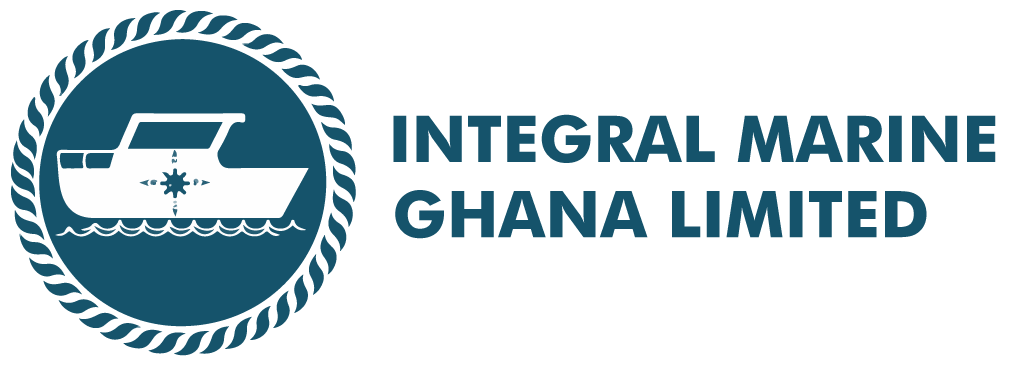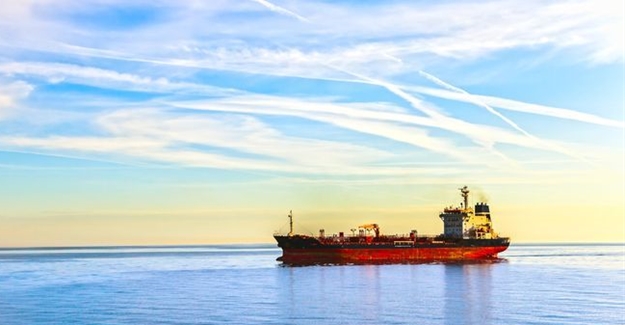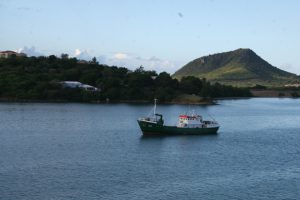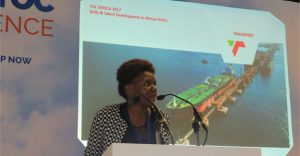With sea trade being one of Africa’s largest sources of income, a wave of new port infrastructure and upgrades along African coasts are set to make ports even more attractive to an influx of trade.
On the West Coast, there are substantial ports projects in progress in Nigeria, Ghana, and Namibia, as well as in Kenya, Tanzania on the East Coast, and Algeria, Morocco, and Egypt on the North Coast.
Collectively, these amount to roughly $30bn in expenditure over the next two to three years. This is massive and very necessary, as 90% of international trade in Africa is by sea, including intra-Africa trade, which is cheaper and faster by sea than land or air.
States seeking to grow their economies through foreign trade need to be able to accommodate much larger vessels, as they carry cargo for themselves as well as their landlocked neighbours. However, they also need to employ the most advanced tracking and monitoring capabilities to keep track of the millions of tons of cargo coming through the various African harbours each year.
Worryingly, some African countries still depend on paper-based logging systems to record the goods moving through their facilities. It is estimated that this is costing as much as $2.5bn a year in inefficiency, fraud, theft and other threats from within and en-route to their various destinations.
Vulnerabilities exist on three levels: at the port, on the coast, and in the communication channels that are left vulnerable to unwanted surveillance.
These are the key areas where ports authorities can make the biggest improvements and deliver an attractive service to shipping companies seeking to dock on African harbours.
Port security
It is vital that ports remain updated with the latest technology for managing vessel visits, cargo and service, with systems that automatically and accurately invoice customers digitally. These systems provide instant access to the real-time status of vessels, resources, infrastructure and business to improve situational awareness, as well as access to historic performance for better planning.
Coastal protection
Ports are left vulnerable without an active round-the-clock coast guard operation, something countries such as Kenya, South Africa, and Nigeria provide a vital service to protect their waters at no cost to customers.
To support coast guard units, authorities need to be provided with systems that provide readily-available, reliable information for enhanced maritime awareness, aided by comprehensive surveillance capabilities, nautical charts and dynamic displays. These build a complete picture of activity within key areas to aid in the detection of suspicious behaviour and route deviation.
Communication
Should a pirate ship target a ship on its way into port or after it has set sail, the shipping company, ports authority, coast guard and possibly the various navies should all be able to communicate effectively on a single, secure network with very minimal delay and launch operations quickly.
Without a robust, proven safety-critical communication system, neither ports nor coastal authorities would be able to co-ordinate their activities. A scalable, integrated tactical communication platform can mean the difference between resolving emergency issues quickly, and suffering regular losses.
Even in the most advanced port environments around the world, these three key areas are often managed separately, making it more challenging and expensive for multi-agency operations to be launched effectively.




